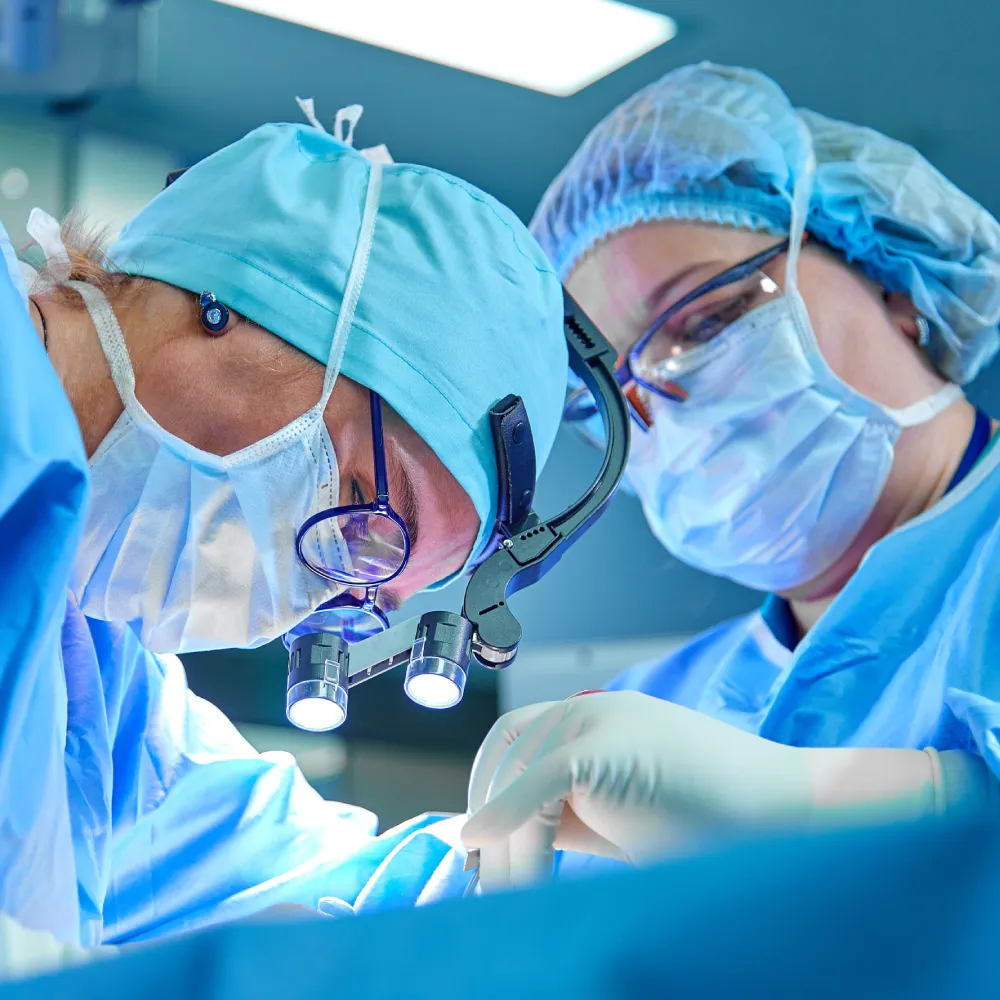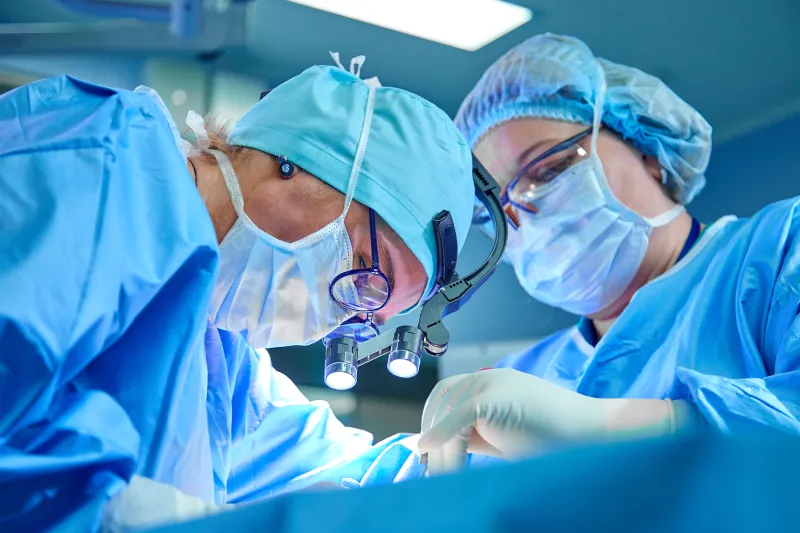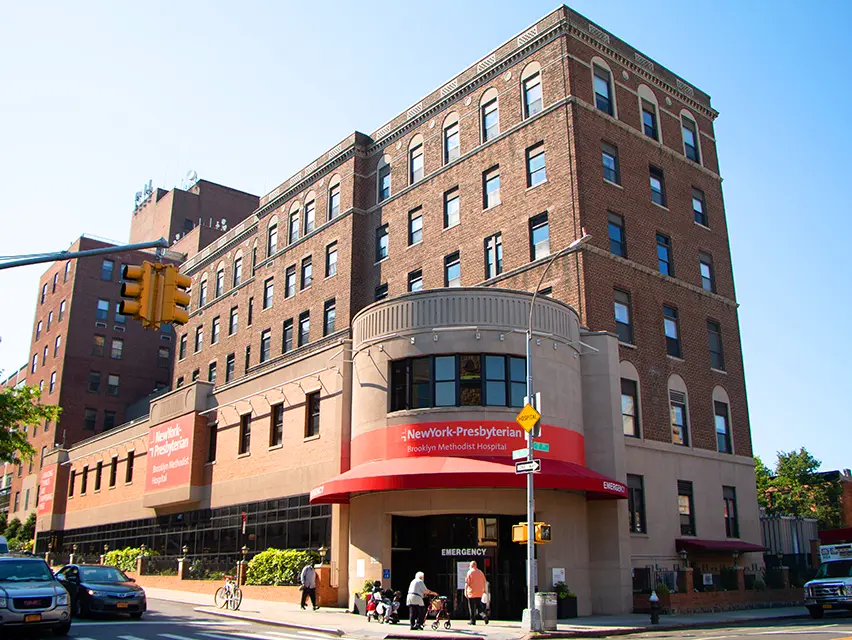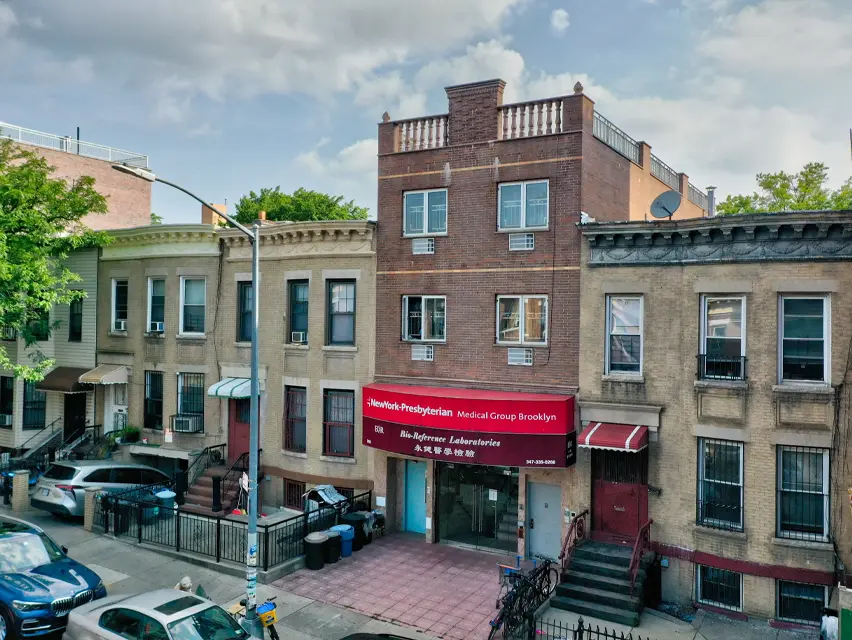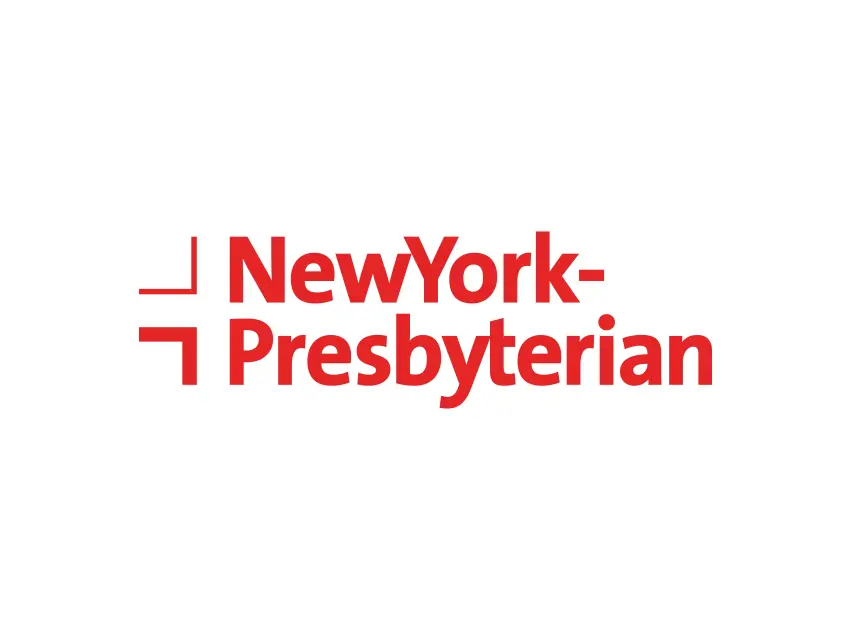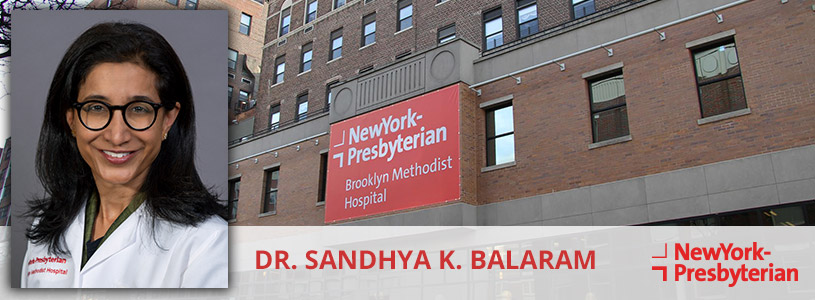NewYork-Presbyterian Brooklyn Methodist Hospital is proud to be part of the healthcare network that more people trust their hearts to than any other hospital in New York.* Our hospital is recognized by IBM Watson Health as one of the Top 50 Cardiovascular Hospitals in the United States for patient services. Brooklyn residents have access to world-class surgeons with remarkable track records, right in the borough they call home.
Our experts from Weill Cornell Medicine specialize in the full spectrum of cardiac care, from routine procedures to the most complex heart surgeries, including transcatheter aortic valve replacement (TAVR) and less invasive techniques for treating damaged aortic, mitral, and pulmonary valves. Each heart surgery is performed by double board-certified cardiac surgeons who are supported by a dedicated ICU team of intensivists, physician assistants, and a compassionate, patient-centered nursing staff.
*Based on US News & World Report, 2023-2024 Top 50 Cardiology, Heart and Vascular Surgery rankings




